
Chopping Down Challenges: How to Cut Wood Without a Saw
For many, the image of woodworking conjures up visions of whirring saws and flying sawdust. But what if you need to cut wood and a saw is nowhere to be found? Fear not, resourceful DIYers! There are several effective methods for achieving a clean cut, even without a traditional saw. While these techniques may require more effort than their power-tool counterparts, they offer a sense of accomplishment and can be surprisingly effective.
Understanding the Wood
Before we delve into cutting techniques, let’s consider the type of wood we’re dealing with. Softwoods, like pine and cedar, are generally easier to cut by hand compared to hardwoods like oak or maple. The thickness and grain direction of the wood will also influence the method you choose. Cutting with the grain (longitudinally) is much easier than going against it (transversely).

The Scoring Method: A Controlled Snap
This method is ideal for thin, softwood planks. Here’s what you’ll need:
- Sharp Knife: A utility knife with a fresh blade is key for clean scoring.
- Straightedge: A flat board, ruler, or metal bar ensures a straight cut line.
- Clamping Tool (Optional): A clamp secures the wood for scoring and snapping.
- Measure and Mark: Precise measurement is crucial. Use a pencil to mark the cutting line on both sides of the wood.
- Score the Line: Place the straightedge along the marked line and carefully run the sharp knife repeatedly along the line, creating a deep score mark. Aim for several light passes instead of one forceful press.
- Snap It Clean: Line up the scored line with a sturdy edge (like a table or curb). Holding the wood firmly on either side of the score, apply gentle downward pressure along the line. With a satisfying crack, the wood should snap cleanly in two.

The Chiseling Technique: Power Through Thin Wood
For slightly thicker wood or situations where a clean snap is undesirable, a chisel can be a valuable tool.
- Sharp Chisel: A quality wood chisel with a honed edge delivers optimal results.
- Mallet: A rubber mallet protects the chisel from damage while delivering force.
- Work Surface: A stable workbench or sawhorse provides a secure platform.
- Mark the Cut Line: As with the scoring method, mark the cutting line clearly on both sides of the wood.
- Position the Chisel: Place the sharp edge of the chisel directly on the line, angled slightly inwards towards the waste section.
- Strike with Precision: Deliver controlled blows with the mallet onto the top of the chisel, gradually driving it deeper into the wood.
- Split and Repeat: Once the chisel has reached a sufficient depth, gently pry the wood apart along the score line. Repeat the chiseling and prying process until the wood is completely cut through.

Fire and Finesse: The Controlled Burn Technique
This method, while effective, requires caution and should only be attempted outdoors in a safe, controlled environment. Here’s what you’ll need:
- Metal Bucket: To hold water for extinguishing the fire.
- Heat Source: A campfire, barbeque grill, or dedicated burning pit can be used.
- Prepare the Fire: Build a small, controlled fire. Allow it to burn down to glowing embers.
- Heat the Cut Line: Carefully hold the wood section over the hot embers, focusing the heat along the desired cutting line. Be mindful not to char the entire piece.
- Controlled Quench: Once the wood is visibly heated through the thickness, quickly plunge it into a bucket of water. The rapid temperature change can cause the wood to crack along the heated line.

Safety First: Essential Tips
While these methods offer solutions for cutting wood without a saw, safety remains paramount. Here are some key points to remember:
- Sharp Tools: Always use sharp tools to minimize the risk of slipping and injury.
- Eye Protection: Wear safety glasses to protect your eyes from flying debris.
- Controlled Work Area: Ensure a clear and stable work area to prevent accidents.
- Respect the Fire: If using the burning technique, never leave a fire unattended and extinguish it properly after use.

Guidelines for using a chainsaw for smaller wood cutting tasks
Chainsaws are powerful tools ideal for tackling large trees and thick logs. However, they can also be surprisingly effective for smaller woodcutting tasks, like limbing branches or cutting firewood. But even for these seemingly less demanding jobs, chainsaw safety remains paramount. Here are some key guidelines to remember:
Right Tool for the Job:
- Consider Alternatives: For very small branches (less than 3 inches thick), a lopper or pruning shears might be a safer, more efficient choice.
- Electric vs. Gas: Electric chainsaws are generally lighter and quieter, making them more manageable for smaller jobs. However, gas chainsaws offer greater power for thicker branches.
Safety Gear Up:
- Full Protection: Never underestimate the importance of proper safety gear. This includes chaps, helmet with visor, ear protection, gloves, and sturdy boots with good grip.
Sharpen Up:
- Optimal Performance: A dull chain increases the risk of kickback and makes cutting more difficult. Ensure your chain is sharp before starting any task.
Mind Your Technique:
- Controlled Cuts: Focus on making controlled cuts using the upper part of the bar. Avoid using the tip, which is more prone to kickback.
- Body Position: Maintain a stable stance with a firm grip on the chainsaw handles. Keep the saw below shoulder height for better control.
- Beware of Pinch Points: Never cut branches that are pinched or under tension, as they can spring back and cause injury.
Plan Your Work:
- Clear the Area: Remove any debris, rocks, or obstacles from your cutting zone to minimize trip hazards.
- Know Your Surroundings: Be aware of overhead power lines, bystanders, and potential falling objects before starting the saw.
- Take Breaks: Chainsaw work can be tiring. Take breaks to avoid fatigue, which can lead to accidents.
Remember:
- Never Cut Above Shoulder Height: This increases the risk of losing control of the saw.
- Cut From Top Down: Pulling the saw through the wood provides better control compared to pushing it.
- One Person Operation: Chainsaws are designed for single-handed use. Never allow anyone to hold the wood you are cutting.
By following these guidelines and prioritizing safety, you can effectively use your chainsaw for smaller woodcutting tasks while minimizing the risk of injury. Remember, a little caution goes a long way in ensuring a successful and safe project.
The Beauty of Resourcefulness
While saws are undoubtedly efficient tools for cutting wood, the methods presented here showcase the ingenuity of DIY approaches. These techniques not only demonstrate problem-solving skills but also foster a deeper appreciation for the craftsmanship involved in woodworking. So, the next time you find yourself without a saw, remember, with a little resourcefulness, you can still achieve that clean cut.




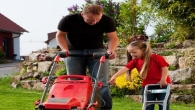
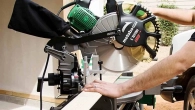
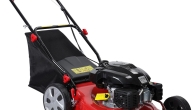

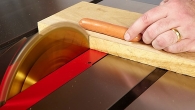

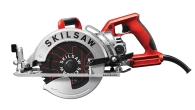
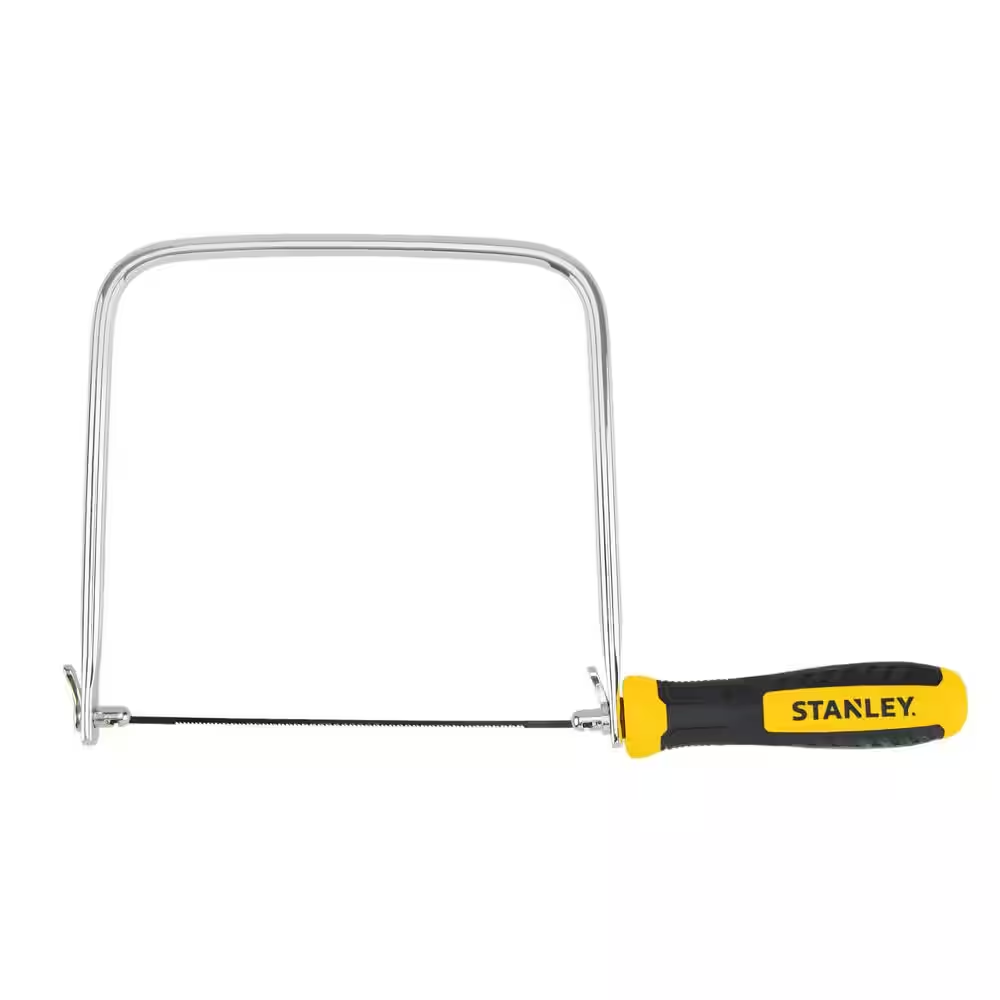
Leave a Reply